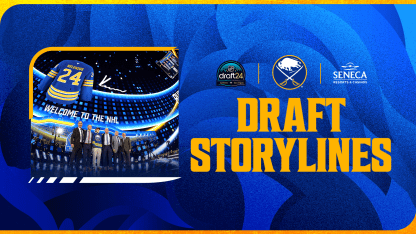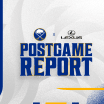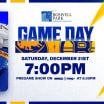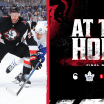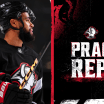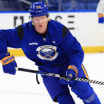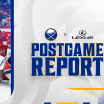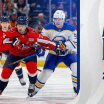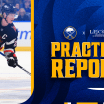LAS VEGAS – Kevyn Adams had two objectives when he arrived in Las Vegas for the NHL Draft.
One was to continue to deliberate with his amateur scouting staff, led by assistant general manager Jerry Forton, to ensure the team was confident in its final list of available prospects.
The other, ongoing objective – which will continue with the start of free agency at noon on Monday and into the remainder of the offseason – was to pursue avenues to improve the NHL roster. Adams emphasized being harder to play against as one area he hoped to address.
Buffalo made a move to that end on Saturday morning, acquiring forward Beck Malenstyn from the Washington Capitals in exchange for their own second-round pick (43rd overall). The Sabres were still able to make a selection in the second round, using the 42nd-overall pick they acquired from the San Jose Sharks on Thursday to draft 6-foot-6 defenseman Adam Kleber.
Malenstyn, 26, is a physical forward who was used in one of the most defense-heavy roles in the NHL last season. He was on the ice for 562 defensive-zone faceoffs, which ranked third among all NHL players (according to Natural Stat Trick). He ranked fifth among league forward in shorthanded time on ice.
Malenstyn also ranked first among Capitals forwards in blocked shots (93) and first among all Washington players in hits (241) – although it was the quality of those hits that caught the Sabres’ attention as much as the quantity.
“When he hits, he hits hard,” Adams said. "And we’ve been looking at ways to … just be harder to play against. And he’s certainly someone that brings that every night. That was a big need that we came into this offseason looking for and we were excited to get him.”

